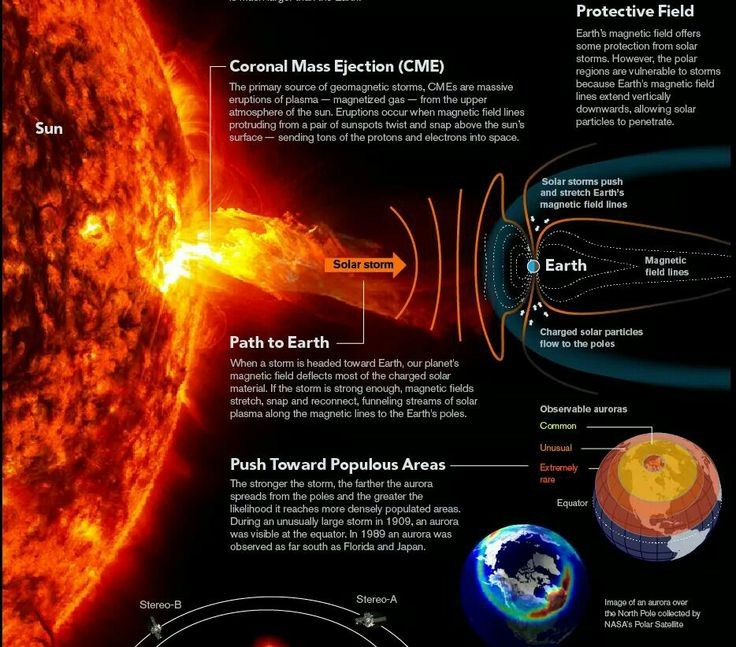
A X (Twitter) string has been generally shared throughout the end of the week, in which Radiolab have Latif Nasser made sense of how he researched the secret of a moon named “Zoozve” on his 2-year-old’s stargazing banner.
Having seen the mark, he obviously researched it, and found the NASA-affirmed truth that Venus has no moons.
Upon seeing the label, he naturally turned to Google and discovered the NASA-confirmed fact that Venus has no moons.
After searching extensively online, no references to “Zoozve” were found, and a NASA acquaintance was equally puzzled by the term.
Nasser contacted the illustrator, who claimed to have derived the name from a list of moons in the Solar System. Eventually, Nasser’s NASA friend, Liz Landau, clarified the confusion. The object in question was not named “Zoozve” but was actually identified as object 2002 VE 68.
When space objects are initially spotted, they receive a provisional name based on the year of discovery. The name consists of the year of discovery followed by two letters indicating the order of discovery during that year. For instance, objects found between January 1 and 15 are labeled AA, AB, AC, and so forth, while those discovered between January 16 and 31 are designated BA, BB, BC, and so on. The process continues throughout the year, and designations for discoveries made between December 16 and 31 are denoted as YA, YB, YC, and so forth, according to the European Space Agency guidelines.
Also Read |Foxconn CEO Young Liu Awarded Padma Bhushan: Here’s Why
The item is much more intriguing than your standard space rocks, being as it was the first of its sort at any point found, because of its uncommon circle.
“Like all space rocks, its circle takes it around the Sun, with space rocks nearer to the Sun circumnavigating all the more quickly and finishing a ‘year’ in a more limited time. The ‘year’ for VE68 is more limited than the Earth year, getting started at a little under 225 days,” the Tuorla Observatory made sense of in a 2004 public statement.
“This is the very same as the ‘time’ of the planet Venus – and it just so happens, as synchronized jumpers in the olympic games, both VE68 and Venus are going around the Sun almost in lock-step.”
Following the circle of 2002 VE, they had found the primary semi moon, or semi satellites, in the Nearby planet group. Semi moons, as the name proposes, are not exactly moons. They circle the Sun, but on the other hand are impacted by the planets along their way.
Including my detailed plan to officially rename 2002-VE68 to “ZOOZVE” to immortalize the typo and thus retroactively make the poster in my kid’s room correct! This plan falls into the category of so-crazy-it-just-might-work. And we will know the answer VERY soon. END OF THREAD. pic.twitter.com/MwLqJK0mZN
— Latif Nasser (@latifnasser) January 26, 2024
Since the disclosure of 2002 VE, other semi moons have been found. However these moons can go back and forth, Earth has two which have been formally acknowledged.
2002 VE has been circling the Sun and experiencing Venus for a long time, however the group who initially depicted its circle figure it might have come from somewhere else.
Our calculations indicate that this object has been in its current orbit for about seven thousand years and will remain there for another five centuries. While it doesn’t come very close to Venus or Mercury, it does have encounters with Earth. About 7,000 years ago, it might have been a near-Earth asteroid that got pushed into its current orbit by Earth’s gravitational pull.
In another study, researchers found that this object, 2002 VE68, will continue orbiting near Venus for about 500 more years. Its orbit is influenced not only by Earth but also by the Moon and Mercury. It shows resonant behavior with Mercury, Venus, and Earth. While the chances of it colliding with Earth in the next 10,000 years are very low, it does come close to Earth about every 8 years, with the closest encounters being about 0.04 astronomical units away.
FaQ section
What sparked the investigation into the mystery of the moon named “Zoozve”?
- The investigation was sparked by a Twitter post shared by Radiolab’s Latif Nasser about his 2-year-old’s stargazing banner.
What did Latif Nasser find out about Venus after researching “Zoozve”?
- He discovered that Venus does not have any moons, according to NASA.
How did Nasser react after finding no references to “Zoozve” online?
- He contacted the illustrator who claimed to have derived the name from a list of moons in the Solar System.
Who helped clarify the confusion regarding “Zoozve”?
- Nasser’s NASA friend, Liz Landau, clarified that the object in question was identified as object 2002 VE 68.
How are space objects named when they are first discovered?
- Space objects are given a provisional name based on the year of discovery followed by two letters indicating the order of discovery during that year.
What makes 2002 VE 68 unique?
- It was the first of its kind ever found due to its unusual orbit.
What is special about the orbit of 2002 VE 68?
- Its orbit is synchronized with Venus, completing a “year” in a little under 225 days, similar to the time it takes Venus to orbit the Sun.
What are semi moons, and how do they differ from regular moons?
- Semi moons orbit the Sun but are influenced by the planets along their path. They are not fully independent moons like those orbiting planets directly.
How long has 2002 VE 68 been in its current orbit, and how much longer is it expected to remain there?
- It has been in its current orbit for about seven thousand years and is expected to remain there for another five centuries.
What influences the orbit of 2002 VE 68, and how often does it encounter Earth?
- Its orbit is influenced by Earth, the Moon, and Mercury. It encounters Earth about every 8 years, with the closest encounters being about 0.04 astronomical units away.


